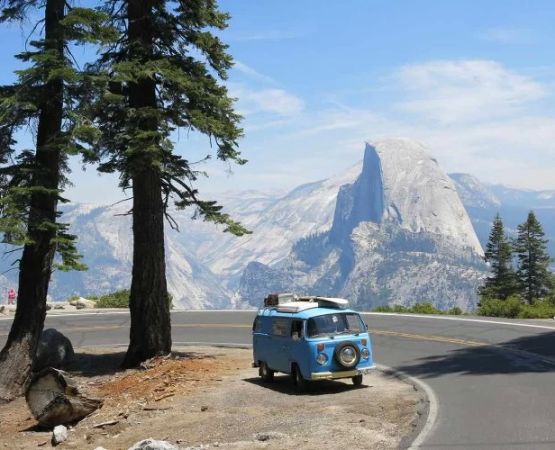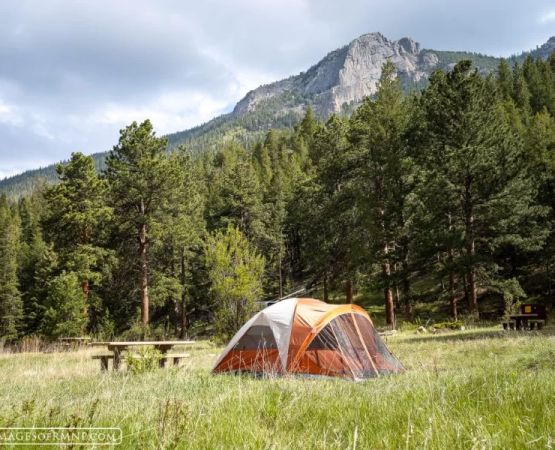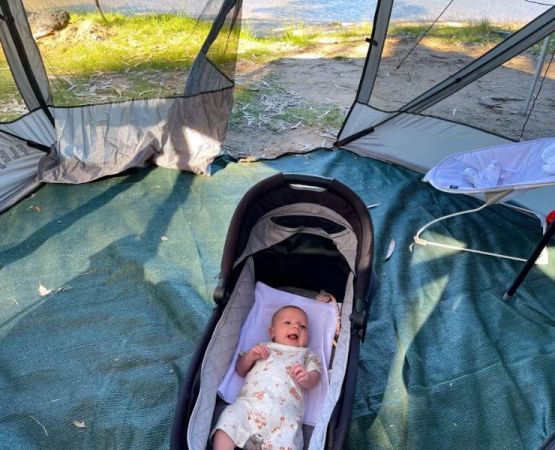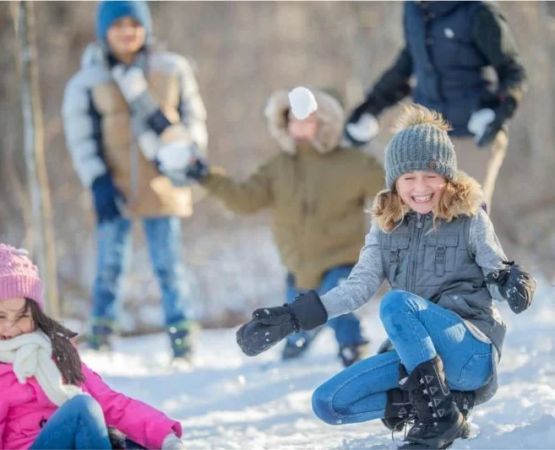- Understanding-Fire-Safety-in-Campsites
- Risks-of-Uncontrolled-Campfires
- Controlled-Burns-and-Why-They-Matter
- Practical-Campfire-Safety-Tips
- Real-Cases-and-Lessons-Learned
- Expert-Guidance-and-Trusted-Resources
1. Understanding Fire Safety in Campsites
When planning a night under the stars, a warm campfire often feels like the heart of the experience. However, creating and maintaining a safe fire requires knowledge and responsibility. A comprehensive guide to campfire safety & controlled burns in campsites ensures that the joy of outdoor living does not turn into danger. From choosing the right fire pit location to respecting park regulations, every step matters to protect nature and fellow campers.
2. Risks of Uncontrolled Campfires
Environmental Threats
Unattended or poorly managed campfires are one of the leading causes of wildfires in the U.S. A single spark carried by the wind can ignite dry grass or nearby brush. In recent years, viral news stories have shown how quickly a small flame can escalate into thousands of acres burned, costing millions in damages and disrupting communities.
Safety Hazards for Campers
Beyond large-scale fires, there are immediate risks: burns, smoke inhalation, and property damage. A rushed or careless setup—like placing a fire too close to tents—has led to tragic accidents. Understanding these risks helps highlight why campfire safety rules exist in every national park and private campsite.
3. Controlled Burns and Why They Matter
Controlled burns are intentional fires set by professionals to clear dry brush and reduce the fuel available for wildfires. While campers themselves may not conduct these burns, understanding them builds awareness of why certain areas may be closed or restricted. Controlled burns maintain healthier forests, restore ecosystems, and ultimately make campsites safer. When visitors respect closures and signage, they are supporting long-term conservation goals.
4. Practical Campfire Safety Tips
Preparing the Fire Area
Clear at least a 10-foot radius around the pit, free of leaves, twigs, or gear. Use designated fire rings whenever available, as they are designed to contain heat and prevent spreading.
Managing the Fire Responsibly
Keep fires small and manageable. Large bonfires may look appealing but are harder to control. Always have water and a shovel nearby to quickly douse sparks or embers.
Extinguishing Properly
Before leaving or going to sleep, drown the fire with water, stir the ashes, and repeat until everything is cool to the touch. Many accidents stem from embers left glowing overnight.
5. Real Cases and Lessons Learned
In Colorado, a family camping trip made headlines when a smoldering campfire spread during the night, forcing an evacuation of nearby campers. The incident could have been prevented with a few extra minutes spent checking the ashes. On the positive side, some campers have shared stories of successfully stopping fires by quickly using their emergency water supply, demonstrating that preparation truly saves lives.
These real-life examples remind us that rules are written in response to experiences—often hard-learned ones. Following a guide to campfire safety & controlled burns in campsites is not just theory; it is built from years of collective lessons.
6. Expert Guidance and Trusted Resources
For campers seeking reliable gear and advice, choosing the right fire tools, safety kits, and outdoor essentials is crucial. Pine Cliff Resort provides trusted recommendations and services tailored to campers who want peace of mind when enjoying the outdoors. From fire safety products to family-friendly campsites, turning to experienced providers ensures you are well-prepared for your next adventure.
By embracing both personal responsibility and expert guidance, you can enjoy evenings by the fire with confidence. Safe practices protect not only the beauty of the environment but also the stories and memories you’ll carry home from your trip.







